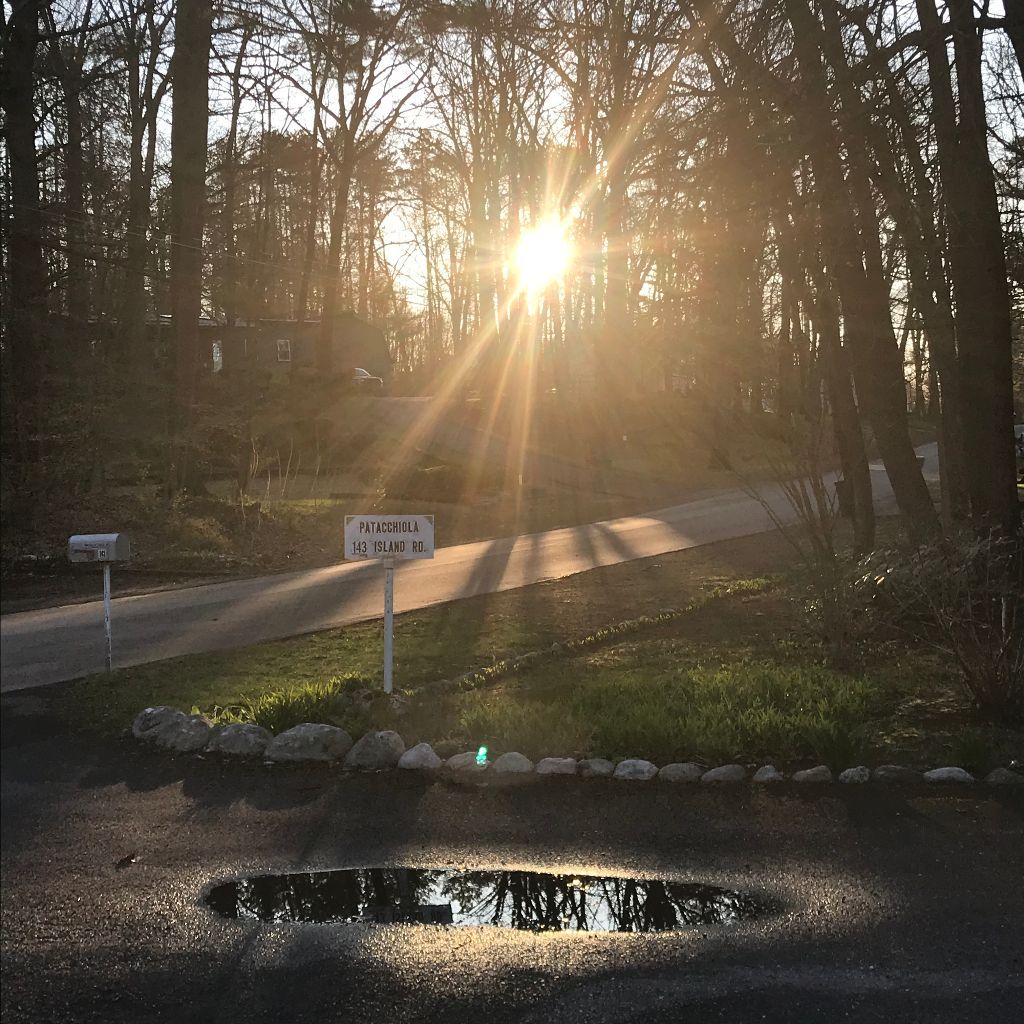Mt. Popa
When Marni said the only “must do” in Bagan was a visit to Mount Popa, I expected another amazing temple, of which we’d seen many the previous day. Mount Popa is described as the Mount Olympus of Burma with “a temple” built upon the top. Or at least that’s what I thought. When we approached, […]

When Marni said the only “must do” in Bagan was a visit to Mount Popa, I expected another amazing temple, of which we’d seen many the previous day. Mount Popa is described as the Mount Olympus of Burma with “a temple” built upon the top. Or at least that’s what I thought. When we approached, we were still talking excitedly about our plans for the future, and voila. We saw it. That’s more than a temple on a hill. It’s a collection of temples, pagodas, and shrines dedicated not only to Buddha, but also to the many Nats of Burmese tradition.
A little history:
Before King Anawrahta came to power in Bagan in the 11th century, it was common for the Burmese to build small shrines or spirit houses dedicated to land Nat who were displaced by the construction of houses, monasteries or other buildings, or by the planting of rice and other crops. The owners or tenants of the buildings made daily offerings of food, incense and flowers at the shrines to placate these “guardian” Nat.
The older generations also believed that if a person from a royal family had died violently, then that person becomes a Nat. These superhuman Nats, when correctly propitiated, could aid worshipers in accomplishing important tasks, vanquishing enemies and so on.
When King Anawrahta wanted to make Theravada Buddhism the national faith, he tried to ban the Nat worship in Bagan. As part of his anti-Nat campaign, he ordered the destruction of all Nat shrines in the kingdom. He also forbade the practice of animal sacrifice at nearby Mt Popa, a volcanic outcropping considered the abode of the 36 most powerful human Nat. Instead of abandoning their belief in Nat, however, the Myanmar merely took their practices underground, rebuilding the guardian Nat shrines in their homes.
Finally, when the King realised that he was turning the people away from Buddhism, rather than destroying their faith in the Nats, the king rescinded his total ban and allowed Nat images and shrines on paya grounds.
When you look at the first photo, you’ll see the stairs up the mountain, which is through a maze of shops, smaller pagodas, and scenes of cooking, eating and playing. At any moment, there are prayer and/or photo opportunities.

The playfulness of the Nats is seen throughout, as well as the Bodhisattva Green Tara, the symbol of Enlightenment. We all paused to meditate here, and the energy was palpable, among the crowds of Burmese devotees. We were among the only foreigners which contributed to the authenticity of our visit. We all had a chance to experience the singing bowl meditation, as well.
There was something powerfully grounding when sitting atop Mount Popa. For me, I think it was the combination of the solidity of the Buddha, the wisdom of the Green Tara, and the sprightliness of the Nats. There aren’t many places where I feel my mind and body drop in. Usually it takes a little or a lot of effort to quiet my monkey mind, or squirrel brain that it can sometimes seem like, to settle into the rhythm of meditation or prayer. Here it was fluid and instantaneous.

On The Mat Yoga Blog




